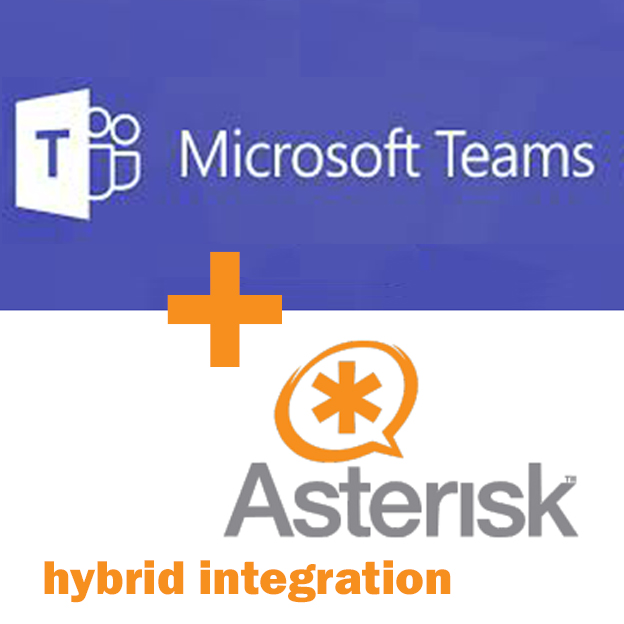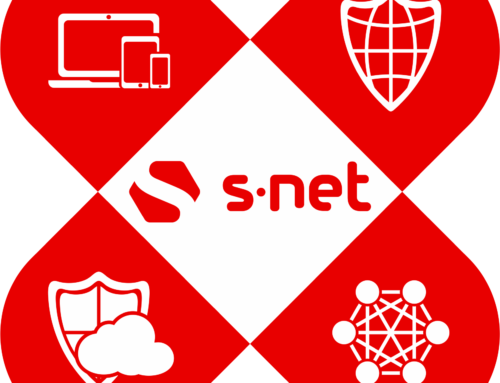In a customers POC project request, SNET IT experts, connected successfully an on-premise clustered Asterisk PBX to Microsoft Teams via Direct Routing. By using this way Inbound and Outbound calls, from and to the phone network were routed accordingly.
The whole project wasn’t meant to be used as a productive environment. Deployment is still under strict tests , to conclude that full security is applied in every communication level, for Inbound and Outbound calls.
So far, Teams only supports “Direct Routing”, which uses ONLY a supported SBCs, to trunk between carriers and Microsoft, with the PBX functionality being provided by them. So the end customer wanted to bypass the restriction, of any additional cost for an SBC intermediate and the added complexity.
Apart from the on-premise systems and SNET IT deployment, customer, as a prerequisite, had just to purchase one of the following licenses
- Office 365 Enterprise E3 (including SfB Plan2, Exchange Plan2, and Teams) + Phone System
- Office 365 Enterprise E5 (including SfB Plan2, Exchange Plan2, Teams, and Phone System)
So far customer is fully satisfied with the result, as he gets the benefits of two worlds (Microsoft Teams and Asterisk) concurrently.
Benefits of the hybrid infrastructure
- Extension rings simultaneously on any logged-in Teams client (desktop, browser or mobile)
- push notification services to mobile clients, means that there is no battery drains like, like it could happen with some free or cheap softphones
- optional Teams integrated voicemail with transcription – MS voicemail service is excellent and can bring messages directly to your inbox
- there is fully encrypted connection for both signaling and media
- there are no softphones connected to the PBX directly, apart from a secure PJSIP trunk (all users, as mentioned, tend to use Teams client in their devices)


